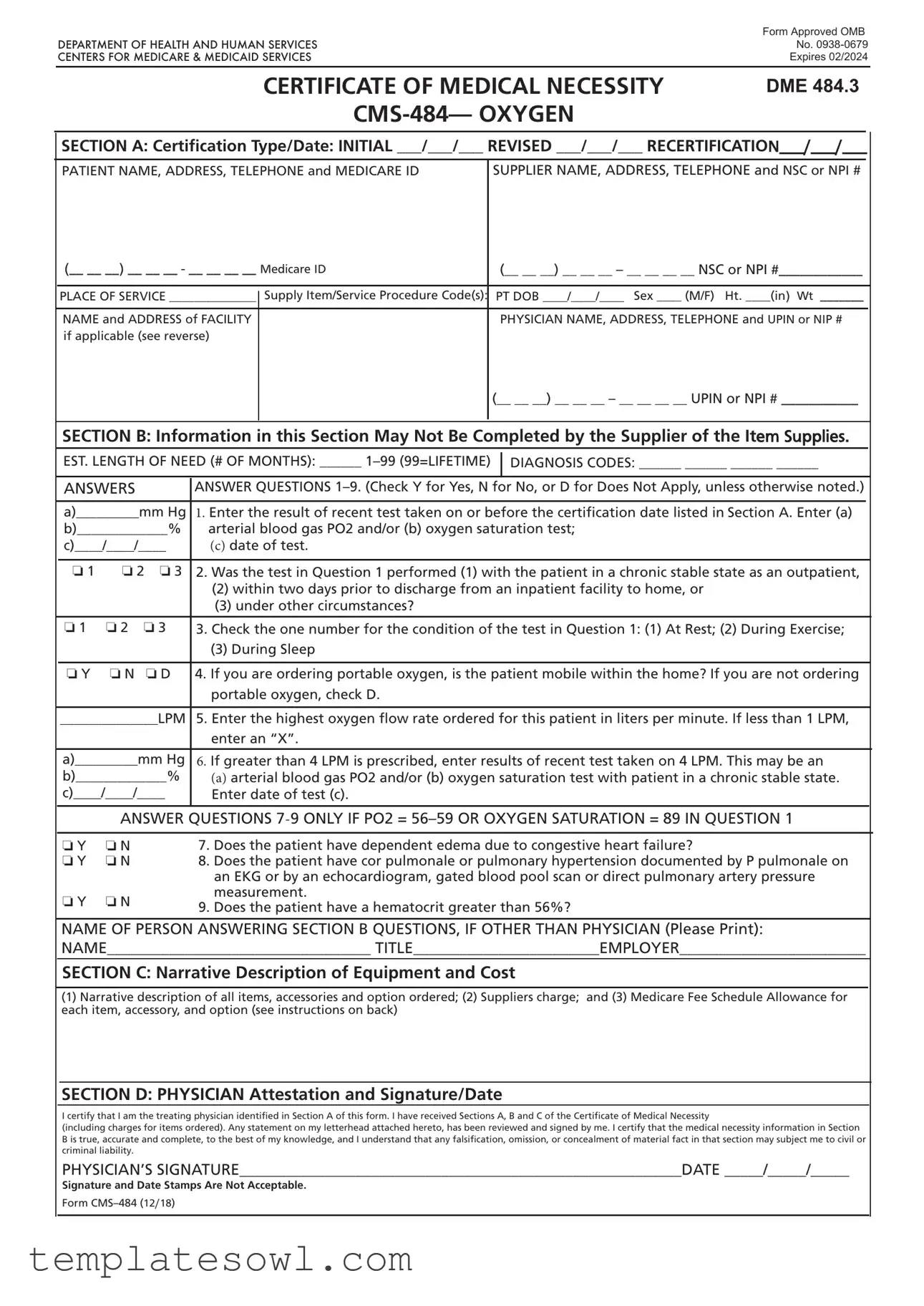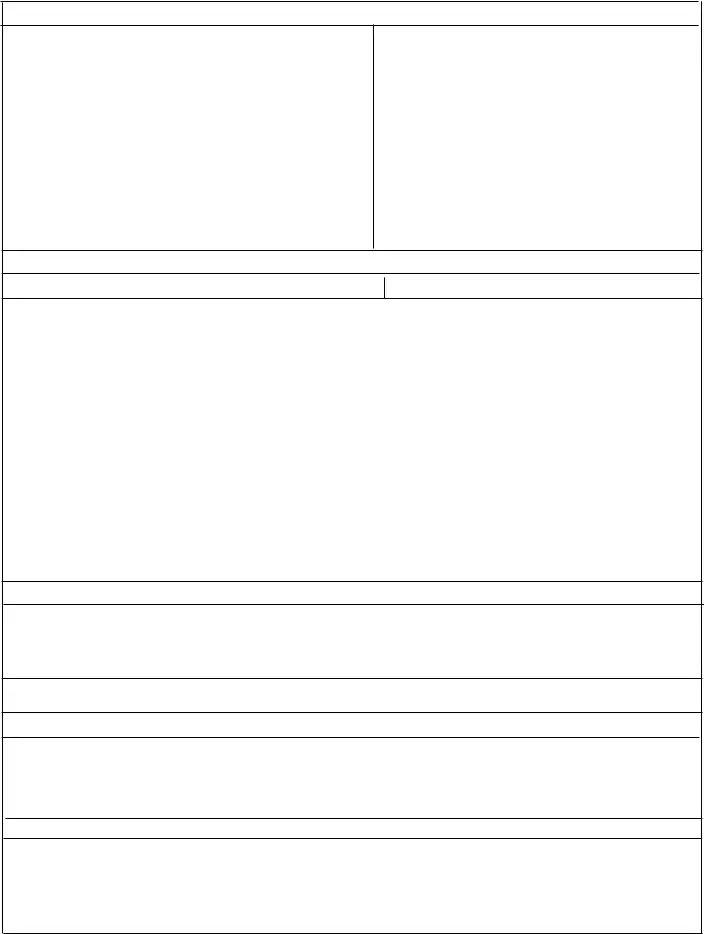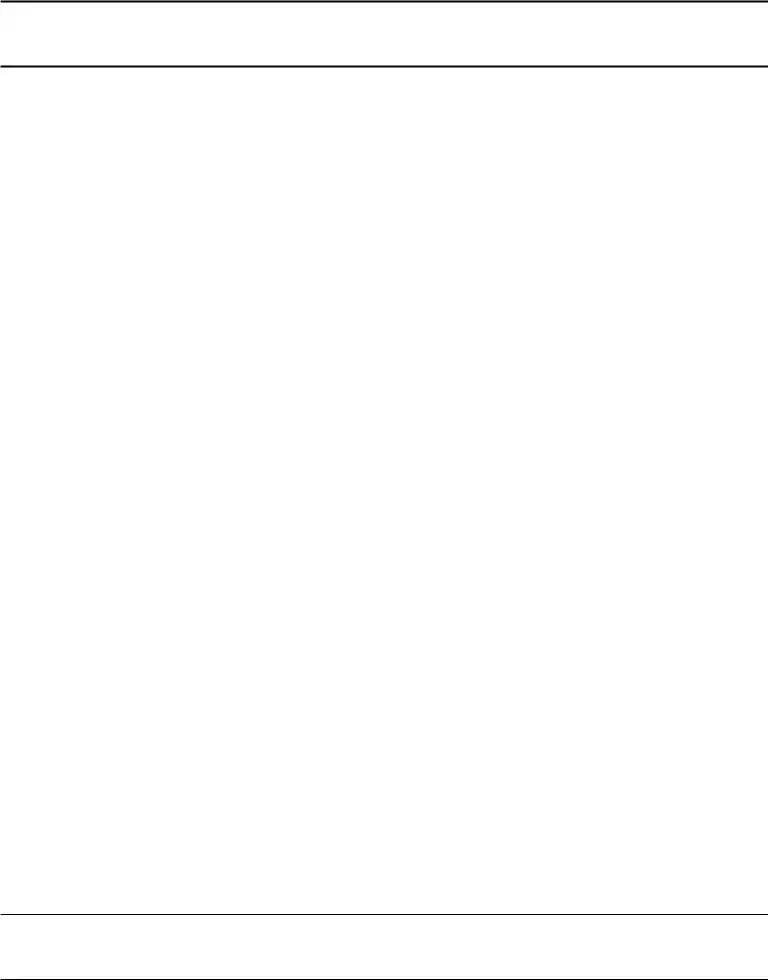Indicate the place in which the item is being used, i.e., patient’s home is 12, skilled nursing facility (SNF) is 31, End Stage Renal Disease (ESRD) facility is 65, etc.
If the place of service is a facility, indicate the name and complete address of the facility.
List all procedure codes for items ordered. Procedure codes that do not require certification should not be listed on the CMN.
Indicate patient’s date of birth (MM/DD/YY) and sex (male or female); height in inches and weight in pounds, if requested.
Indicate the PHYSICIAN’S name and complete mailing address.
Accurately indicate the treating physician’s Unique Physician Identification Number (UPIN) or applicable National Provider Identifier (NPI). If using the NPI Number, indicate this by using the qualifier XX followed by the 10-digit number. If using UPIN number, use the qualifier 1G followed by the 6-digit number. (For example. 1Gxxxxxx)
Indicate the telephone number where the physician can be contacted (preferably where records would be accessible pertaining to this patient) if more information is needed.
(May not be completed by the supplier. While this section may be completed by a non-physician clinician, or a Physician employee, it must be reviewed, and the CMN signed (in Section D) by the treating practitioner.)
Indicate the estimated length of need (the length of time the physician expects the patient to require use of the ordered item) by filling in the appropriate number of months. If the patient will require the item for the duration of his/her life, then enter “99”.
In the first space, list the diagnosis code that represents the primary reason for ordering this item. List any additional diagnosis codes that would further describe the medical need for the item (up to 4 codes).
This section is used to gather clinical information to help Medicare determine the medical necessity for the item(s) being ordered. Answer each question which applies to the items ordered, checking “Y” for yes, “N” for no, or “D” for does not apply.
If a clinical professional other than the treating physician (e.g., home health nurse, physical therapist, dietician) or a physician employee answers the questions of Section B, he/she must print his/her name, give his/her professional title and the name of his/ her employer where indicated. If the physician is answering the questions, this space may be left blank.
(To be completed by the supplier)
Supplier gives (1) a narrative description of the item(s) ordered, as well as all options, accessories, supplies and drugs;
(2)the supplier’s charge for each item(s), options, accessories, supplies and drugs; and (3) the Medicare fee schedule allowance for each item(s), options, accessories, supplies and drugs, if applicable.
(To be completed by the physician)
The physician’s signature certifies (1) the CMN which he/she is reviewing includes Sections A, B, C and D; (2) the answers in Section B are correct; and (3) the self-identifying information in Section A is correct.
After completion and/or review by the physician of Sections A, B and C, the physician’s must sign and date the CMN in Section D, verifying the Attestation appearing in this Section. The physician’s signature also certifies the items ordered are medically necessary for this patient.


